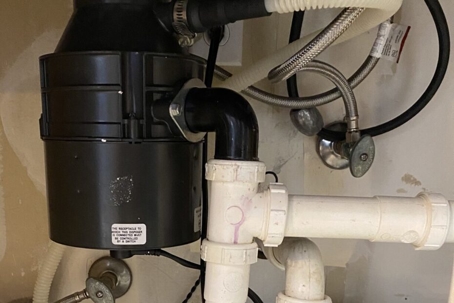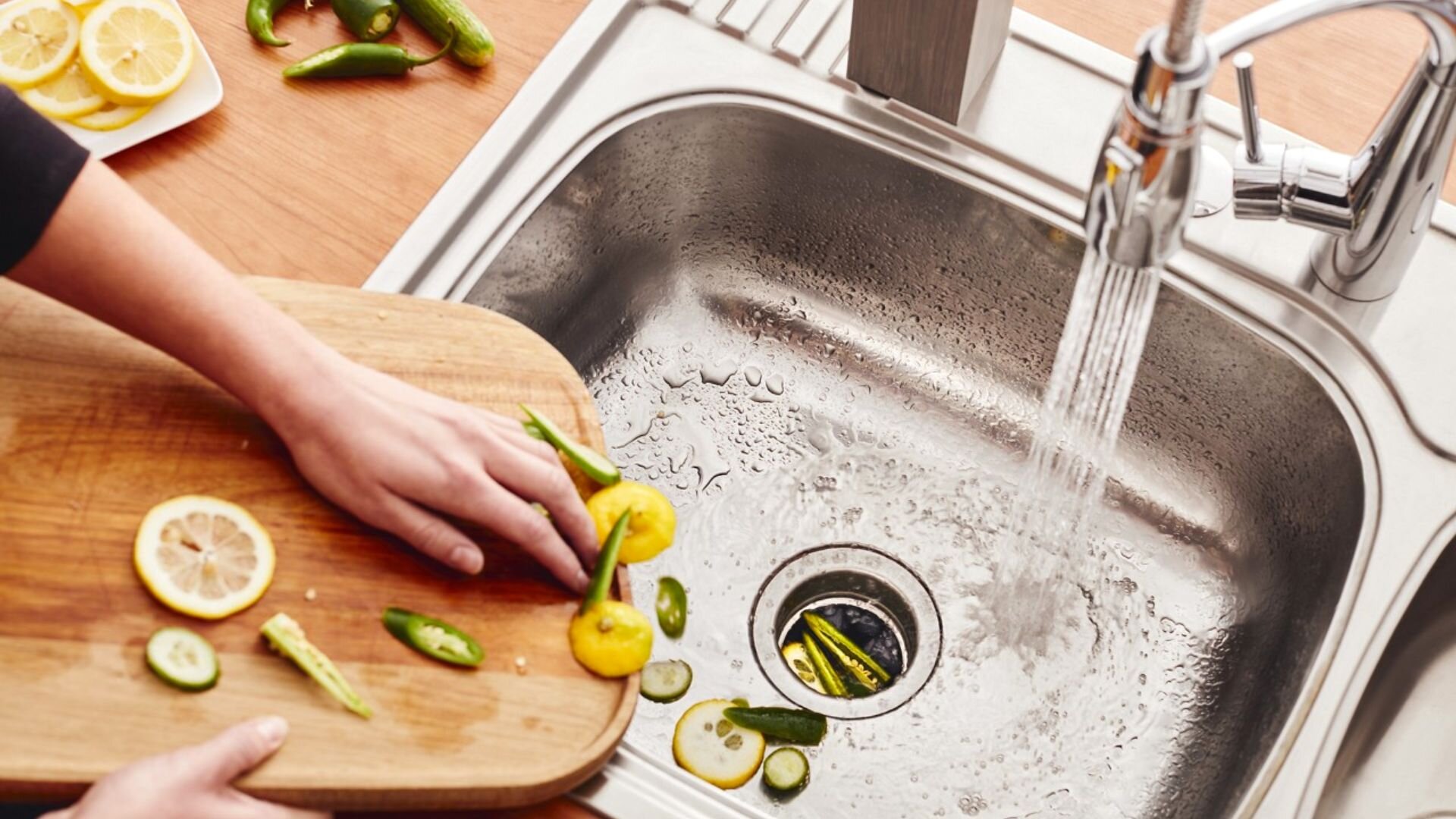Your Guide to Resolving a Leak in Your Garbage Disposal
Your Guide to Resolving a Leak in Your Garbage Disposal
Blog Article
What are your opinions with regards to The Handy Guide To Fixing Your Garbage Disposal Leaking?

Garbage disposals are crucial kitchen area home appliances that help in taking care of food waste effectively. Nonetheless, a leaking waste disposal unit can be a discouraging and messy issue to handle. Fortunately, several leaks can be dealt with quickly with a couple of basic steps. In this post, we will talk about just how to repair a dripping garbage disposal successfully.
Introduction
Garbage disposals are mounted under kitchen sinks and are created to shred food waste right into smaller pieces, enabling it to travel through the plumbing system easily. While these gadgets are normally reliable, leaks can occur in time because of damage, loosened links, or damages to the device.
Usual Sources Of Leakages in Waste Disposals
Worn Seals and Gaskets
Seals and gaskets play an important role in avoiding water from dripping out of the waste disposal unit. Gradually, these parts can deteriorate, bring about leaks around the disposal device.
Loose Connections
The links in between the waste disposal unit and the pipes system can end up being loosened gradually, causing water to leakage out during procedure.
Cracks or Openings in the Disposal System
Physical damages to the garbage disposal, such as splits or openings in the housing, can likewise cause leakages.
Recognizing the Source of the Leakage
Before attempting to repair a dripping waste disposal unit, it is important to determine the resource of the leak. This can commonly be done through aesthetic examination or by conducting basic examinations.
Visual Assessment
Evaluate the waste disposal unit device meticulously for any kind of indicators of water leak. Pay very close attention to areas around seals, gaskets, and connection points.
Testing for Leakages
One method to check for leaks is by running water through the disposal device and checking for any noticeable indicators of leakage.
Devices and Products Needed for Repairing a Dripping Waste Disposal Unit
Before starting the repair work process, collect the essential tools and materials, consisting of a screwdriver, flexible wrench, plumbing's putty, replacement seals or gaskets, and epoxy or patching product for repairing cracks or openings.
Step-by-Step Guide to Taking Care Of a Dripping Garbage Disposal
Turn Off the Power
Before trying any kind of repairs, ensure that the power to the garbage disposal device is switched off to avoid the danger of electric shock.
Situate the Leakage
Identify the specific location of the leak and establish the cause.
Tighten up Links
Utilize a wrench to tighten any kind of loose links in between the disposal system and the plumbing system.
Replace Seals or Gaskets
If the leakage results from used seals or gaskets, eliminate the old components and replace them with brand-new ones.
Patching Cracks or Openings
For fractures or holes in the disposal unit, usage epoxy or an appropriate patching material to seal the broken area.
Testing the Garbage Disposal After Repair
As soon as the repair service is complete, check the waste disposal unit by running water through it to guarantee that the leak has been dealt with.
Preventive Maintenance Tips to Prevent Future Leaks
To prevent future leakages, it is essential to execute routine maintenance on your garbage disposal. This consists of maintaining it clean, avoiding placing non-food products or hard objects down the disposal, and occasionally checking for leaks or various other issues.
Verdict
Finally, repairing a dripping waste disposal unit is a relatively simple procedure that can be finished with fundamental tools and products. By following the actions outlined in this write-up and exercising precautionary maintenance, you can maintain your waste disposal unit in good working condition and prevent pricey fixings in the future.
HERE’S HOW TO FIX YOUR GARBAGE DISPOSAL
WHAT TO DO IF SOMETHING IS STUCK IN YOUR GARBAGE DISPOSAL
If the impeller won’t turn, there’s probably something stuck in the disposal. It could be a steak bone or peach pit, although plumbers report pulling all sorts of inappropriate objects out of disposals, such as bottle caps or aluminum foil. Make sure power to the disposal is off, and look inside to see if you can see the source of the jam.
Never stick your fingers in a disposal. Pull out anything you see with tongs or pliers.
If the disposal still won’t work, it may be time to call a plumber or consider buying a new disposal. GEM Plumbing & Heating is here for all of your garbage disposal needs.
WHAT TO DO IF YOUR GARBAGE DISPOSAL DRAIN IS CLOGGED
Take everything out from underneath your sink and put a bucket or other container under your disposal to catch any water that drains out. Disconnect your disposal from the power supply. If it’s plugged into a wall outlet, unplug it. If it’s hardwired into an electrical box, go to the electrical panel and turn off the breaker for the disposal. Pour ¼ cup of baking soda into the drain, followed by ½ cup of white vinegar. Give the solution a few minutes to fizz and do its work. Look into the disposal with a flashlight to see if you can see an object that might be causing the clog. If you see it, remove it using tongs or pliers. MORE TIPS ON DEALING WITH A CLOGGED GARBAGE DISPOSAL
Never use drain cleaner in a garbage disposal. It can damage the plastic parts inside the disposal. You can also be splashed with the caustic liquid while working to clear the clog. Beware! Never stick your fingers into a garbage disposal. Trust us — not a good idea. In many instances, your dishwasher drains through your garbage disposal. This allows the disposal to grind any large food particles that may be drained out of your dishwasher. There are some jurisdictions, however, where the plumbing code prohibits such a connection. WHAT TO DO WHEN YOUR DISHWASHER DRAINS THROUGH THE DISPOSAL
Run some water in the sink so your plunger has at least a ½-inch of water to create a seal and plunge vigorously up and down several times. You may need to repeat this several times. Run hot water down the drain to clear any residue that remains.

I stumbled upon that article on Why Is when doing a lookup on the web. Liked our post? Please share it. Let somebody else find it. Thanks for your time. Please stop by our site back soon.
Rates Report this page